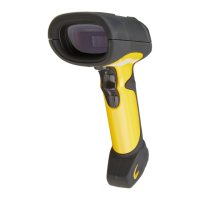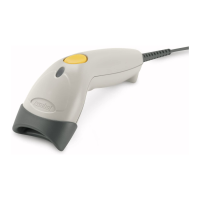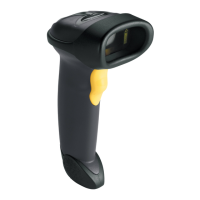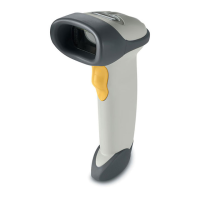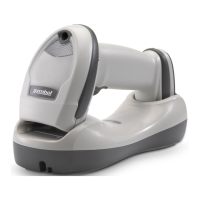Why Motorola Barcode Reader emits short low/short high/short low/short high beep sequence during programming?
- DDebbie WalkerAug 17, 2025
If the Motorola Barcode Reader emits a short low/short high/short low/short high beep sequence while programming, it indicates that you're out of ADF parameter storage space. Erase all rules and re-program with shorter rules. It could also mean you're out of Synapse parameter storage space. Scan the Set Synapse Defaults bar code from the appropriate Synapse Interface Guide for cables no longer in use and re-program the scanner for the current host interface.
